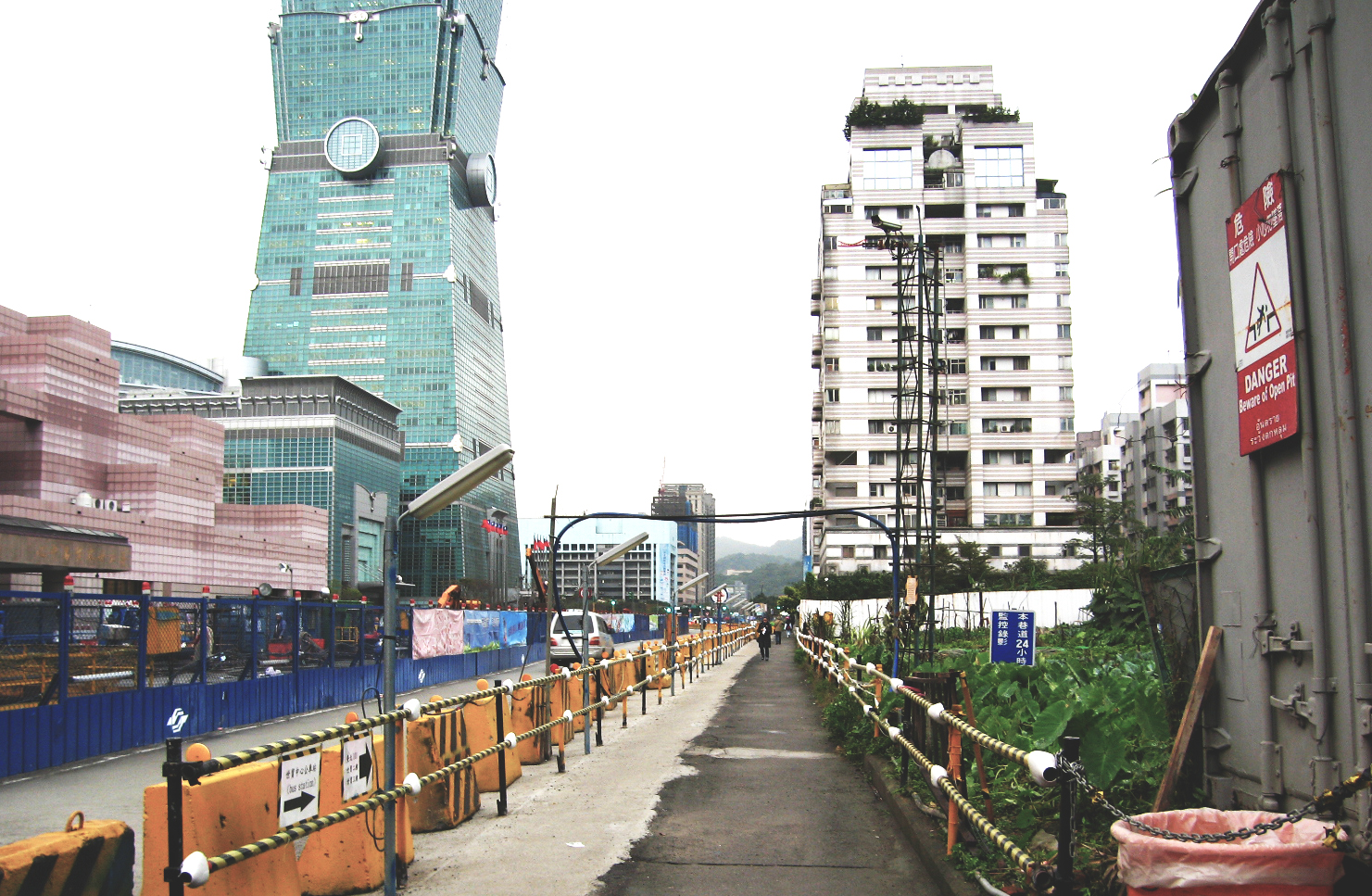建築、地景、支持設施三種學門,三種不同尺度的狀態,從Stan Allen跨越十年間的討論、關注與實踐中,開始展開跨界對位的辯證。同時,新的知識體語彙不斷增展,雖彼此互惠卻又彼此漠然獨行,正反映出各空間學門面對後全球都市化中城市與環境超驗的不確定性。本文基於此脈絡,試提出一觀點──支持設施可被視為一綜體概念,作為一跨越與轉換尺度來理解當代城市公共性生活的閱讀媒介。此觀點前提建立於Richard Sennett(2017)闡述的開放城(Open City)架構中,其不但提供一適當的理論與實踐背景,亦滿足了跨越尺度概念(The Concept of Crossing-Scale)的特質與本體。期待透過本文的闡述,提供讀者它樣的視角,再次品視本期作品,進而有所新味與反思。以下將從三個向度勾畫此觀點:首先以詞彙的重新理解和其對位組構,來說明建築、地景與支持設施三領域如何以混體姿態,在當代都市化與都市主義下扮演角色。第二部分則帶入開放城市的架構,以為進入都市公共性與公共生活的討論。最後則回到支持設施作為連結物質性與社會性的跨尺度閱讀──社會都市支持設施(Social Urban Infrastructure)之於建築公共與地景生活。......(全文請見《實構築季刊》03期)
Landscape, infrastructure and architecture are considered to be three difference spatial disciplines and scales. Over the past decades, Stan Allen (1999, 2010) focused on developing an interdisciplinary dialectic into a theoretical discourse and practice. The emergence of diverse terminologies in studies of current urbanization situations not becoming sluggish yet blooms more than ever. This paper argues that the idea of infrastructure claims an appropriate proposition to synergize those discourses, which may respond to issues of uncertainty and complexity that manifest in contemporary urban conditions. The paper, therefore, proposes that social urban infrastructure where sociality and publicity are imbedded provides a crossing-scale platform to engage multidimensional urban life in cities. The premise of this proposal is based on Richard Sennett’s idea of open city (2017) which gives the legitimacy of conducting incomplete experiments. Accordingly, this paper is structured in three parts; firstly, it introduces the shifting terminologies in the study of current urbanization. Secondly, the concept of open city sets up an enabled framework for developing connections between infrastructure and social publicness. Finally, we concentrate on how social urban infrastructure can be understood as a crossing-scale approach to porous and dynamic cities. In short, social urban infrastructure is not only associated with matters of public life, but to a certain degree demonstrates the material content of open city by crossing different scales of practices.
